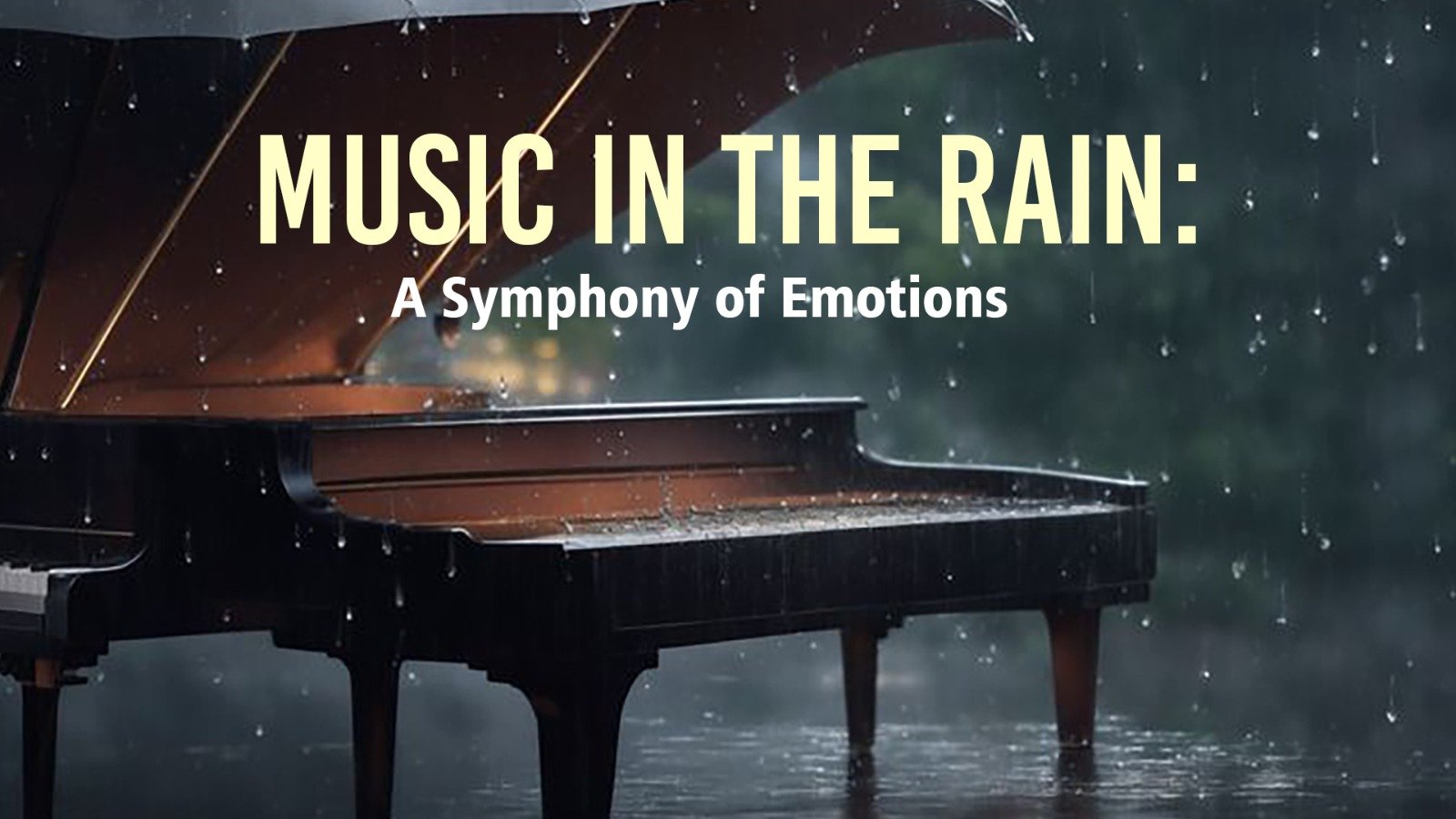Nazrul Sangeet, the musical compositions of Kazi Nazrul Islam, holds a unique and timeless place in Bengali music and culture. Known as the "Rebel Poet" of Bengal, Nazrul infused his songs with a rare blend of spiritual depth, romanticism, and revolutionary zeal. His work stands out for its lyrical beauty, melodic richness, and the powerful messages it carries. With over 4,000 songs to his credit, Nazrul composed across a wide range of themes — from devotional and patriotic to romantic and philosophical. His ability to blend classical ragas with folk traditions, and even Western musical influences, made Nazrul Sangeet revolutionary in both form and spirit. Unlike many of his contemporaries, Nazrul wrote and composed music that gave voice to the oppressed, broke barriers of caste and religion, and promoted unity, equality, and humanism. Nazrul Sangeet is known for its emotional intensity. Whether it’s a bhajan like “Tumi Shunbe Na Re”, a militant call like “Karar Oi Louho Kopat”, or a romantic ballad like “Amar Koifur Bhalobasha”, each song captures a depth of feeling and thought that resonates even today. His songs are still widely performed on stage, radio, and television, especially during cultural festivals, national celebrations, and on his birth anniversary. For singers and music lovers, Nazrul Sangeet offers a powerful medium of expression. The genre demands strong classical training as well as emotional sensitivity, making it a favorite among serious vocalists and learners alike. In today’s fast-changing musical landscape, preserving and promoting Nazrul Sangeet is more important than ever. It is not just a form of music — it is a movement, a philosophy, and a legacy of artistic freedom and social change. Nazrul’s music continues to inspire, heal, and unite generations, carrying forward the voice of a rebel who sang not only for revolution, but for love and liberation.
Nazrul Sangeet: The Soulful Voice of Revolution and Romance
Jesica Sen
||
Post On > May 21 2025 ||


1
2025-07-30 11:24:31

Uttam Kumar Movie Songs: The Golden Voice of Bengali Cinema
2025-07-24 11:39:01

Music Is a Prayer Itself
2025-07-17 06:06:09

Music in the Rain: A Symphony of Emotions
2025-07-09 12:33:24

tekken
2025-07-07 04:04:31

Music in the Rain: A Symphony of Soul and Sky
2025-06-25 10:50:36